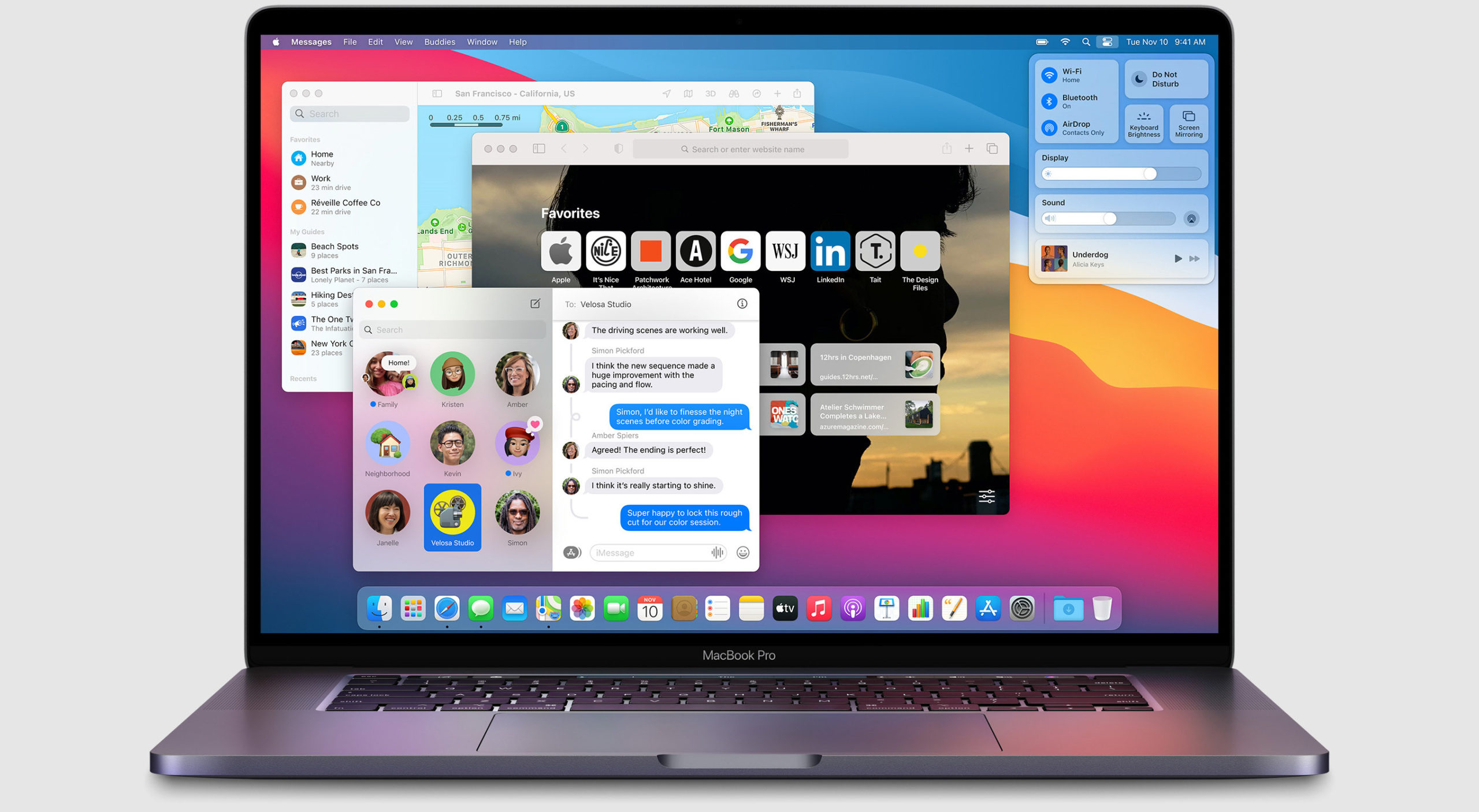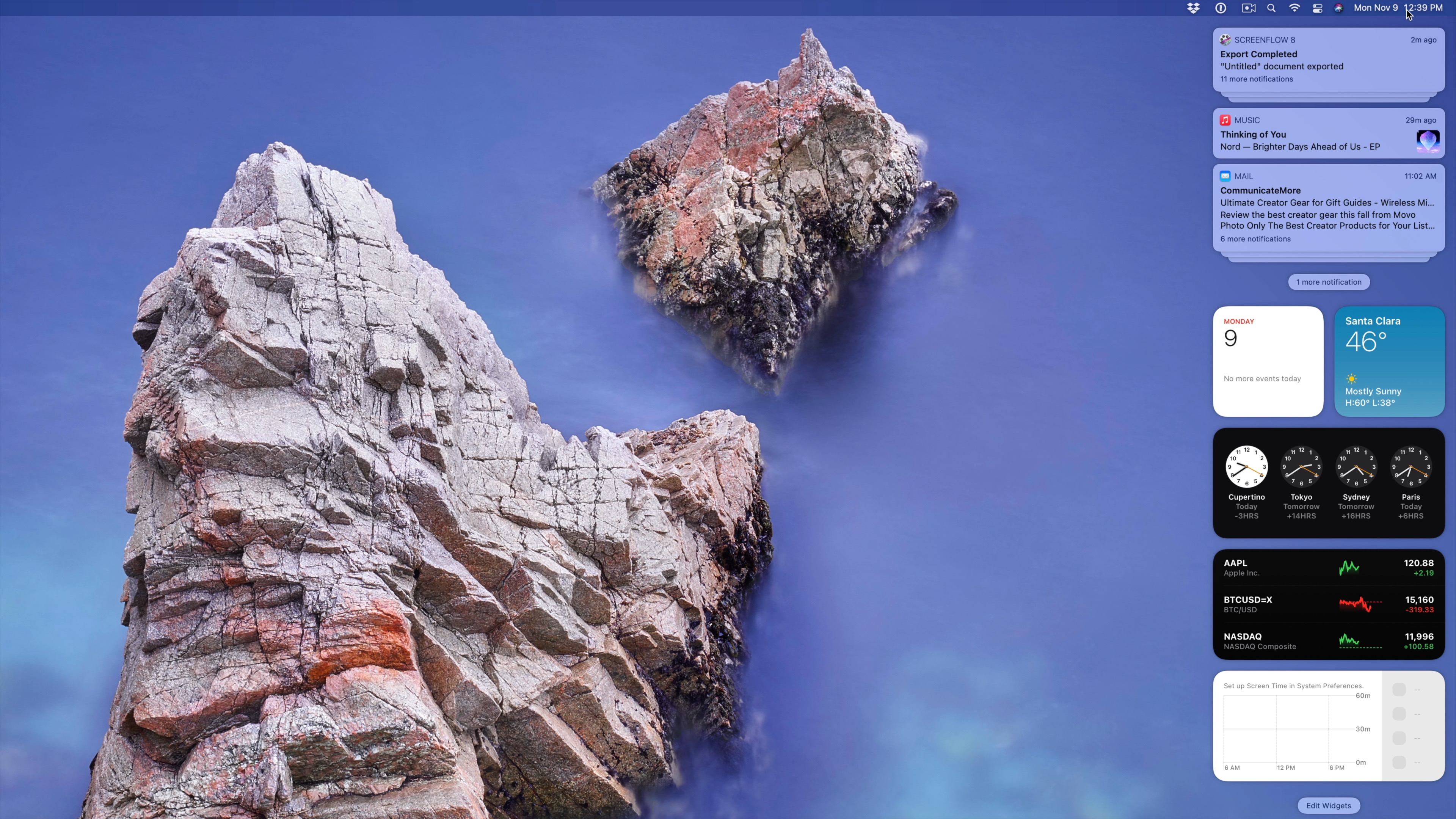

- #MACOS BIG SUR SIZE ON DISK HOW TO#
- #MACOS BIG SUR SIZE ON DISK INSTALL#
- #MACOS BIG SUR SIZE ON DISK DOWNLOAD#
- #MACOS BIG SUR SIZE ON DISK FREE#
- #MACOS BIG SUR SIZE ON DISK MAC#
Once you’re ready, here’s how to upgrade to MacOS Monterey, step by step.
Although it awaits confirmation in the final release of macOS 12, all the indications from beta-releases are that you won’t need to do anything: Time Machine should continue to back up. In any case, if you’re unsure about the methods available for backing up a Mac, head over to our comprehensive guide explaining how to back up your Mac. The simplest migration is when you’re upgrading from Big Sur to Monterey, and are already backing up to APFS. This is particularly important because there have been numerous reports of certain older Macs getting bricked after installing MacOS Monterey - that said, these are generally isolated incidents. Image used with permission by copyright holderīefore you begin that process, you should ensure all your important files and data are backed up. Tools: Flutter uses git for installation and upgrade.
#MACOS BIG SUR SIZE ON DISK MAC#
Depending on the age of your Mac system, this can take several hours to complete. Disk Space: 2.8 GB (does not include disk space for IDE/tools).

Once the installer has been downloaded, you will now be greeted with the option to move through with the actual installation process. How long that takes is completely dependent on your internet connection speed.
#MACOS BIG SUR SIZE ON DISK DOWNLOAD#
First, you will need to be connected to a Wi-Fi or Ethernet connection in order to download the installer itself. When it comes to actually downloading and installing MacOS Monterey, there are a few important aspects to consider. If you’ve downloaded Big Sur or looked closely at its page on the App Store, you’ll know that the installer/download size is 12.6GB. macOS for both Apple silicon and Intel Macs use the same amount of storage, so that's something you don't have to worry about. The space each file takes on the disk is always a multiple of the allocation unit size - and here were assuming each file is actually small enough to fit within a single unit, with some (wasted) space left over. The command will create a file called stupidfile.crap in your Home directory and fill it with zeros. Ok, now the minimum space taken is 50,000 32,000 1.6 GB (using SI prefixes, not binary, to simplify the maths). So enter the following into the Terminal window: dd if/dev/zero of/stupidfile.crap.

Older macOS versions from 8.8GB to 18.5GB, depending on its type. What we need to do is to start making a file that will grow until the disk is full. macOS Big Sur from 14.94GB to 19.94GB on average. Open your Applications folder and double-click the macOS installer. macOS Monterey from 15.24GB to 20.24GB on average.
#MACOS BIG SUR SIZE ON DISK INSTALL#
pkg file, then follow the onscreen instructions to install the macOS installer into your Applications folder. dmg file to open it and see the package (.pkg) file within. You don’t want such data to be lost during the process of upgrading due to a lack of storage space or for any other reason, so we recommend you have upwards of 35GB to 40GB of space to err on the side of caution, even if you have a newer system. Use these links to download a macOS disk image (.dmg) file. It’s best to be on the safe side when it comes to upgrading a system that contains all your files and sensitive information. MacBooks could finally get Face ID to boost your securityīest MacBook deals: New Apple laptops starting at $750 That will show you how your 500GB virtual disk is partitioned and how much is in use.Apple’s M3 MacBook plans could be in jeopardy this year If you want some more information, open Disk Utility in the macOS VM.The Used figure should be somewhere around the 80GB figure. The capacity figure should be somewhere around 500 GB since that's the max size you've specified for the virtual disk. Some Mac users may be interested in obtaining macOS Big Sur as a DMG file, so that they can use the disk image with a virtual machine, to create bootable media, for archival purposes, for cloning, or any other reason. That will tell you the capacity and amount used of the virtual boot disk. For a macOS VM, you can see what's going on by: This is in contrast to how the Guest OS sees the virtual disk. More space will be needed if you decide you're going to use snapshots. If you decide to use all of that 500GB virtual disk in your VM, you better make sure you have 500GB+ of space available on the file system that the VM is stored on. If only 80 GB of data is used in the VM, then only about 80 GB of disk is consumed in the file system where you've stored the VM. Here's how to figure out what's going on.īy default, virtual disks on Fusion are configured to only consume disk space on your Mac when the VM uses it.
#MACOS BIG SUR SIZE ON DISK FREE#
You have configured a virtual hard drive for your VM with a maximum size of 500 GB (I hope wherever you stored this VM on your Mac has free space of at least 500 GB). Let me make sure I understand what you're saying


 0 kommentar(er)
0 kommentar(er)
